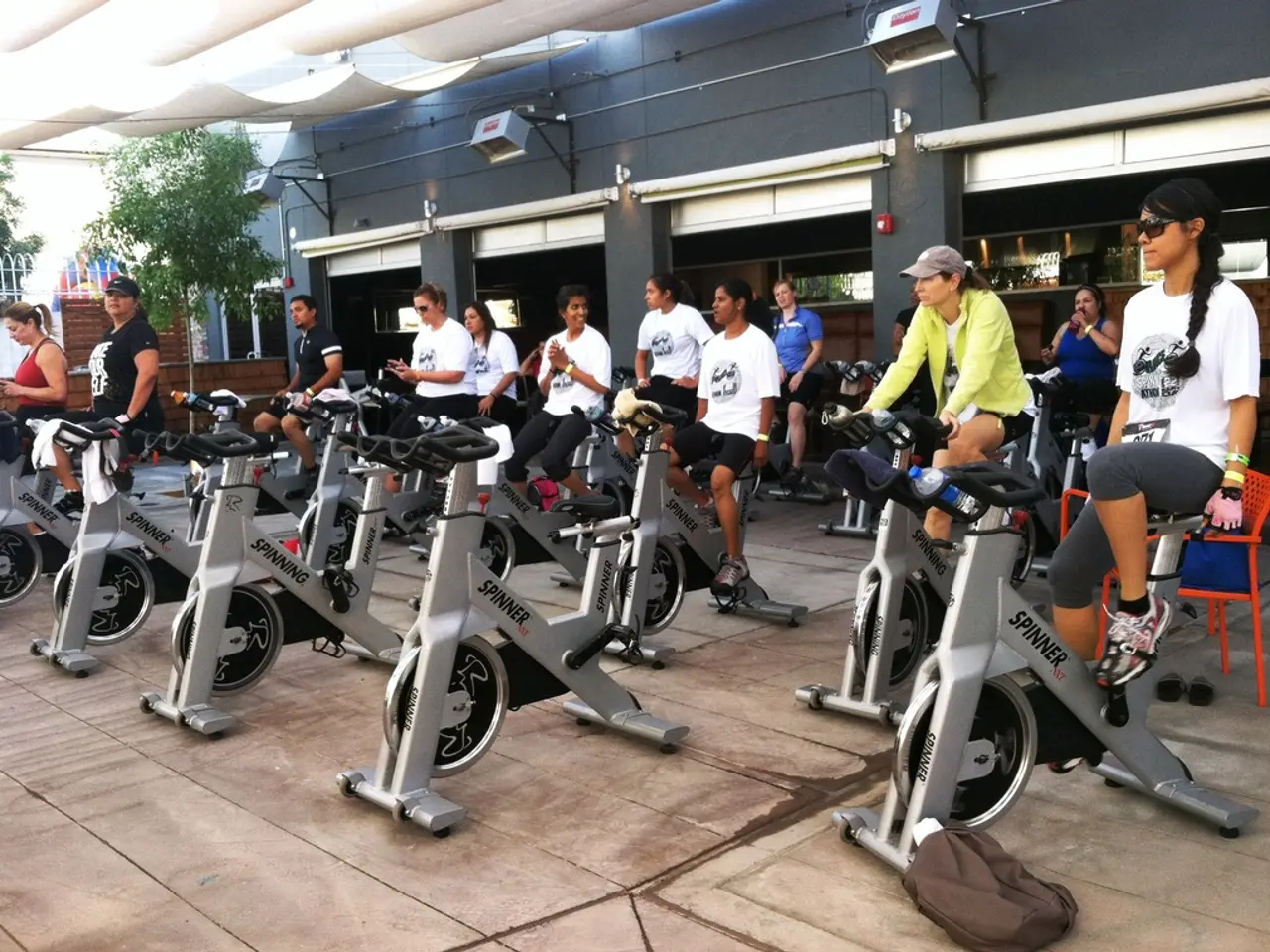Boosting Muscle Healing: Insights into Vitamin C's Role in Muscle Recovery and Pain Reduction
In the world of sports and fitness, muscle recovery is a crucial aspect that determines an athlete's performance. One nutrient that has garnered significant attention for its potential benefits in this area is vitamin C.
Vitamin C plays a vital role in muscle recovery, particularly in the synthesis of collagen, a structural protein that forms the framework for muscle and connective tissue repair. After high-intensity or endurance activities, workouts can cause micro-tears in muscle fibers and connective tissue, leading to pain, stiffness, and inflammation. By supporting collagen formation, vitamin C helps rebuild and strengthen muscle tissue, speeding up recovery and minimizing structural damage.
In addition to its role in collagen synthesis, vitamin C acts as a powerful antioxidant, neutralizing free radicals generated during physical exertion. This reduces oxidative stress and inflammation, both of which contribute to delayed onset muscle soreness (DOMS) and prolonged recovery times. Lowering inflammation helps diminish muscle pain and stiffness after workouts, allowing for quicker return to training.
Vitamin C also enhances iron absorption, which is necessary for optimal red blood cell production. Improved iron status increases oxygen delivery to muscles during and after exercise, further supporting muscle recovery and performance.
Scientific evidence supports these benefits. For instance, one study involving runners showed that daily supplementation of 1,000 mg vitamin C led to a 44% reduction in reported muscle soreness. When combined with other compounds such as methylsulfonylmethane (MSM), vitamin C may further reduce exercise-induced muscle damage and soreness.
Athletes may require between 200–1,000 mg of vitamin C per day for effective recovery. Rich dietary sources include red bell peppers, oranges, kiwis, and broccoli. Regular daily intake, especially around workout times, helps maintain steady benefits for muscle recovery and soreness reduction.
In conclusion, vitamin C is scientifically proven to support muscle recovery and reduce exercise-induced soreness through its roles in collagen synthesis, antioxidant protection, iron absorption, and anti-inflammatory action. By incorporating vitamin C into your diet, you can aid in the repair and maintenance of muscle fibers, enhancing recovery after strenuous physical activity.
- The synthesis of collagen, a structural protein crucial for muscle and connective tissue repair, is supported by vitamin C during muscle recovery after high-intensity or endurance activities.
- Vitamin C, being a powerful antioxidant, helps neutralize free radicals generated during physical exertion, thereby reducing oxidative stress and inflammation that contributes to delayed muscle soreness.
- Enhancing iron absorption is another benefit of vitamin C, which is essential for optimal red blood cell production, improving oxygen delivery to muscles during and after exercise.
- Scientific studies, including one involving runners, have demonstrated that daily supplementation of up to 1,000 mg of vitamin C can lead to reductions in reported muscle soreness by as much as 44%.
- Rich dietary sources of vitamin C include red bell peppers, oranges, kiwis, and broccoli, making it possible for athletes to incorporate the nutrient into their health-and-wellness routines.
- Regular daily intake of vitamin C, particularly around workout times, can help maintain a steady level of benefits for muscle recovery and soreness reduction in both fitness-and-exercise and therapies-and-treatments scenarios.




